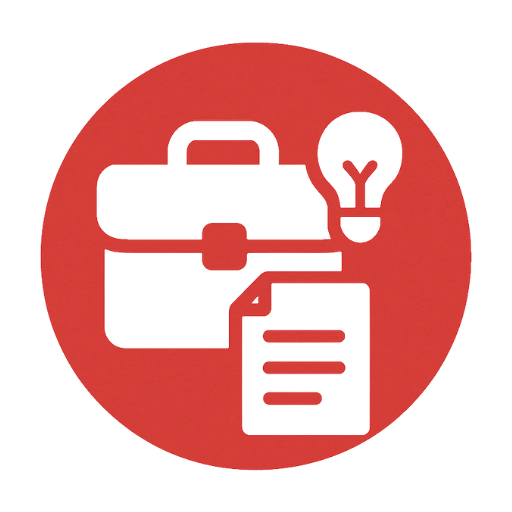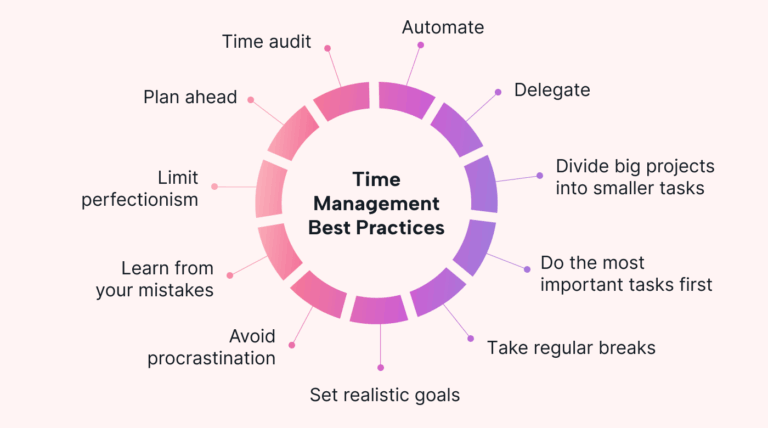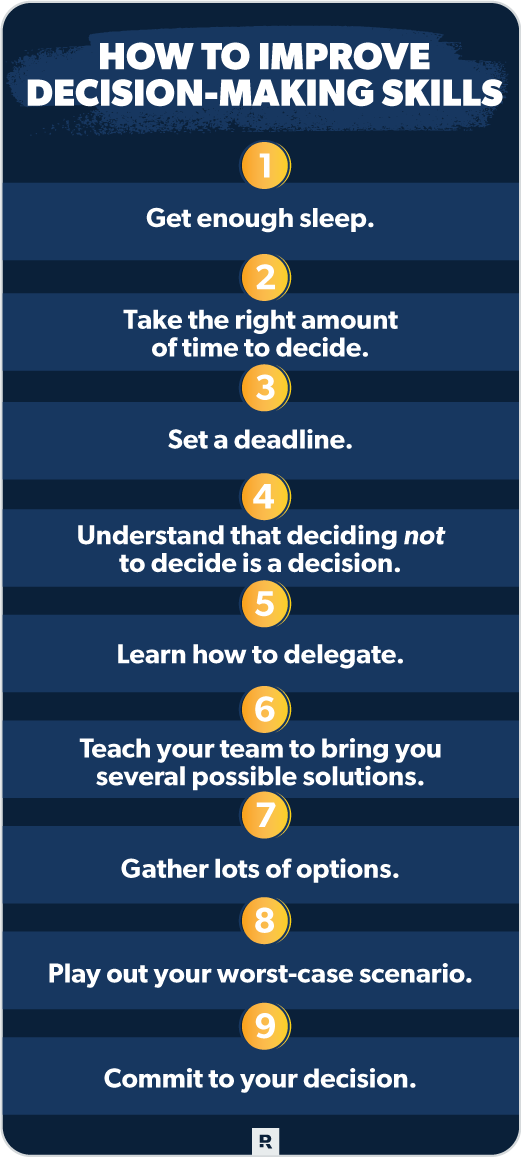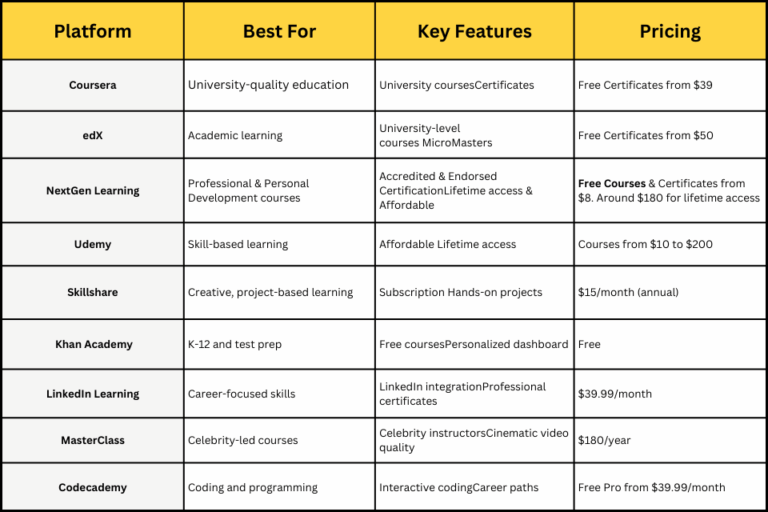How To Get Started With Data Analysis For Career Advancement
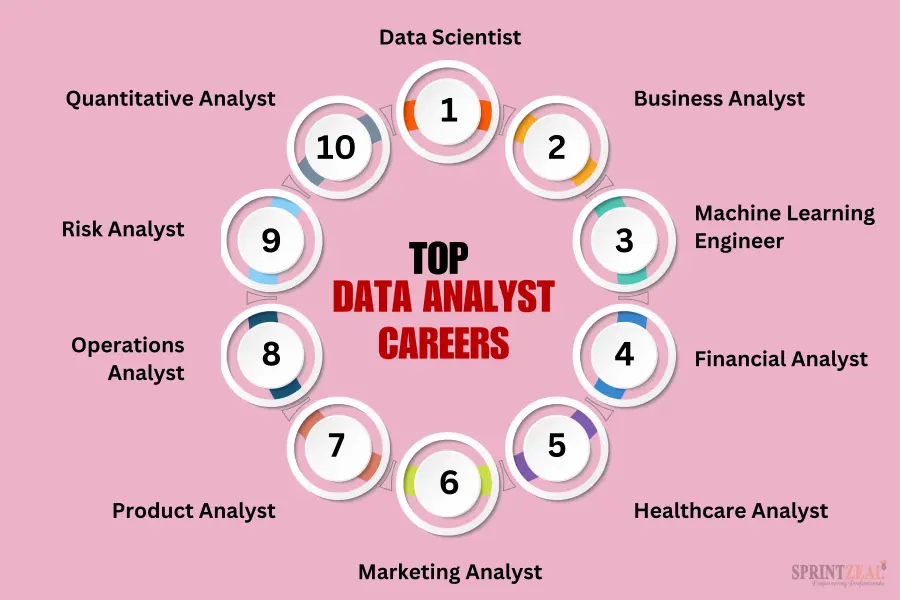
In a world where data doubles every two years, the demand for data analysis skills isn’t just high, it’s skyrocketing. Consider this: the need for data professionals has soared by more than 40% over the past five years. This explosive growth makes it an opportune moment to harness data analysis for career advancement.
Begin by understanding the basics of statistics and data interpretation through online courses or workshops. Equip yourself with tools like Excel, Python, and SQL, which are frequently used in data analysis. With these skills, you’ll be better positioned to analyze trends, make data-driven decisions, and effectively communicate your insights, thereby enhancing your professional value and opportunities for career progression.
- Identify and enroll in reputable online courses or workshops to learn the basics of data analysis.
- Develop proficiency in essential tools like Excel, Python, and SQL.
- Engage in hands-on practice with real-world datasets and projects.
- Join professional communities to network and gain insights from experienced analysts.
- Create clear and effective visualizations to communicate your findings succinctly.

How to Get Started with Data Analysis for Career Advancement
Starting with data analysis can be exciting but also a bit overwhelming. The first step is to find good learning resources. Look for online courses on platforms like Coursera or Khan Academy. These courses can help you grasp the basics of data analytics and statistics. Many of them offer certificates that can boost your resume.
Once you’ve got the basics down, it’s time to get hands-on. Software tools such as Excel, Python, and SQL are essential. Practice using these tools to analyze simple datasets. According to the article, “hands-on practice makes understanding data easier and more intuitive.” This gives you practical experience, making your learning curve less steep.
Joining professional communities can significantly aid your learning. Engage with others in forums like Reddit or LinkedIn groups. These platforms allow you to ask questions and share insights. This is an excellent way to keep up with industry trends and advice from seasoned professionals. Networking can also open doors to job opportunities.
Finally, you must learn to present your data effectively. Being able to communicate your findings clearly is crucial. Tools like Tableau or Power BI can help you create compelling visualizations. According to this post, “effective communication of data results can significantly impact career advancement.” This skill can set you apart from others and elevate your professional standing.
Step #1: Identify Understandable Learning Resources
Identifying understandable learning resources is crucial to start your data analysis journey. Online platforms like Coursera and Khan Academy offer user-friendly courses. These courses usually cover the fundamentals of data analysis and statistics. They also provide flexible schedules, making them ideal for busy professionals. Coursera even offers free trials to see if a course suits your needs.
Another valuable source of learning is through books. Many recommend “Data Science for Dummies” as an excellent start. This book breaks down complex concepts into easy-to-understand chunks. Other popular choices include “Python for Data Analysis” and “SQL for Data Analysts.” Libraries and online retailers usually stock these books.
Don’t overlook free resources available online. Websites like Medium and Towards Data Science have countless articles on various data analysis topics. YouTube channels also offer a visual approach to learning. Channels such as StatQuest and Data School are particularly helpful. They explain concepts in a straightforward and engaging manner.
Joining educational forums can also be extremely beneficial. Platforms like Reddit and Stack Overflow allow you to ask questions and share knowledge. Interacting with others can provide different perspectives and solutions. Additionally, many professionals share their career paths and tips. This community support can significantly enhance your learning experience.
Step #2: Acquire Essential Data Analysis Tools
Acquiring the right data analysis tools is vital to your progress. Start with Excel, a versatile tool for basic data tasks. Excel’s functions and pivot tables make initial analyses straightforward. As you advance, learning a programming language like Python is beneficial. Python offers libraries such as Pandas and NumPy to ease data manipulation.
SQL is another must-have tool for data analysis. It helps in querying databases to extract valuable information. Mastering SQL allows you to handle large datasets efficiently. Consider online resources or tutorials to learn SQL at your own pace. Additionally, advanced tools like R can be useful for statistical analysis.
Visualization tools make your data insights more accessible. Platforms like Tableau and Power BI are excellent for creating charts and dashboards. These tools help in presenting your findings in an engaging manner. Effective visualizations can make data more understandable. As noted, good visualization tools enhance your ability to share insights with others.
Finally, consider investing in integrated development environments (IDEs). IDEs like Jupyter Notebook or PyCharm streamline your coding experience. They offer features that simplify writing and debugging code. Using an IDE can improve your efficiency. Free versions of these tools are often available, making it easier to get started.
Step #3: Apply Data Analysis Practically
Once you’ve got the tools, applying data analysis practically is the next crucial step. Start with simple projects to build confidence. For instance, analyze sales data from a local business. Look for patterns and trends that can inform business decisions. This hands-on practice will solidify your understanding of the tools and concepts.
Next, take on more complex datasets. Websites like Kaggle offer a range of datasets for practice. You can find everything from social media analytics to weather data here. Participation in Kaggle competitions can also be beneficial. Competing against others helps you learn faster and apply new techniques.
Don’t shy away from real-world problems. Approach local businesses or non-profits and offer to help with their data needs. Practical experience like this can be incredibly rewarding. Plus, it adds valuable projects to your portfolio. These projects showcase your skills to potential employers.
Sharing your projects and results is equally important. Create a blog or use platforms like GitHub to publish your work. This builds your online presence and credibility. According to the article, “documenting your journey can make you more attractive to employers.” It also allows you to receive feedback and improve your skills.
Collaborating with others can enhance your learning experience. Join study groups or online communities. Working on projects with peers can provide new insights and perspectives. This collaborative approach often leads to innovative solutions. Plus, it expands your professional network.
Step #4: Engage with Professional Communities
Engaging with professional communities is a great way to advance in data analysis. Start by joining online forums and groups related to data science. Websites like Reddit have active communities where you can ask questions and share insights. LinkedIn also has groups dedicated to data analysis topics. These platforms are excellent for networking and learning.
Participate in local meetups and workshops if possible. Meeting people face-to-face can create stronger connections. Meetup.com often lists data science events in many cities. These events provide opportunities to learn from experienced professionals. They also sometimes offer hands-on sessions to practice new skills.
You can also consider joining professional organizations. The Data Science Society and the Association for Computing Machinery are two options. These organizations often offer members access to exclusive resources and events. They provide educational materials, webinars, and networking opportunities. Being part of such groups can significantly enhance your professional growth.
Contributing to open-source projects is another excellent way to engage. Websites like GitHub host many projects that need contributors. Working on these projects exposes you to real-world problems. It also helps you collaborate with other data professionals. Contributing can add valuable experience to your resume.
Lastly, don’t underestimate social media’s power. Follow industry leaders and experts on Twitter and LinkedIn. They often share valuable resources, articles, and job openings. Engaging with their content can help you stay updated on trends. It also shows your active participation in the data community.
Step #5: Present Your Data Effectively
Presenting your data effectively is a crucial skill in data analysis. Start by choosing the right tools for data visualization. Tools like Tableau and Power BI are popular for creating engaging charts and dashboards. These tools can transform raw data into meaningful insights. Make sure your visualizations are clear and easy to understand.
Understand your audience before presenting your data. Tailor your presentation to meet their needs and knowledge level. Use plain language and avoid technical jargon. This helps ensure that everyone can follow along. Remember, the goal is to make the data accessible to all.
Storytelling with data can make your presentations more impactful. Structure your findings in a narrative format. Start with the problem, then show how your data analysis addresses it. This makes your presentation more engaging. It also helps to highlight the main points effectively.
Using visuals wisely is key. Bar charts, line graphs, and scatter plots can make complex data more digestible. Use colors and labels to highlight important aspects. However, avoid cluttering your visuals with too much information. Keep it simple and focus on what truly matters.
Practice makes perfect when it comes to presenting data. Rehearse your presentation multiple times before the actual event. This helps you become more confident and smooth in delivery. Getting feedback from peers can also be beneficial. They might offer suggestions to improve your presentation.
Lastly, always be prepared for questions. Anticipate what the audience might ask and have your answers ready. Being able to respond effectively to questions shows your command of the data. It also demonstrates your ability to think critically.
Key Skills Required for Data Analysts
To succeed as a data analyst, certain skills are essential. Firstly, a strong understanding of statistics is crucial. You need to be able to interpret data accurately and draw meaningful conclusions. This involves knowledge of probability, regression, and hypothesis testing. These statistical skills form the backbone of data analysis.
Another vital skill is proficiency in programming languages like Python or R. These languages offer powerful libraries for data manipulation and analysis. Python’s Pandas and NumPy libraries are particularly useful. R also provides robust tools for statistical computing. Being comfortable with these languages opens up many possibilities in data handling.
Data visualization is another important skill for a data analyst. Tools like Tableau or Power BI can help you create engaging visualizations. These visuals make complex data more accessible to stakeholders. It’s important to know which type of chart or graph best represents your findings. Good visualization can make your insights more impactful.
SQL knowledge is indispensable too. Data analysts frequently query databases to extract relevant information using SQL. This language helps manage and manipulate large datasets efficiently. Mastering SQL ensures you can access the needed data swiftly and correctly.
Soft skills should not be overlooked either. Effective communication is key for presenting your findings clearly to others. You must explain complex results in simple terms that non-experts can understand. Collaboration skills are also valuable, as you’ll often work with different teams within an organization.
Problem-solving abilities round out the list of vital skills for data analysts. Being able to approach problems methodically makes the analysis process smoother. It involves critical thinking, creativity, and persistence in finding solutions from the data at hand.
Challenges and Solutions in Learning Data Analysis
Learning data analysis comes with its own set of challenges. One major challenge is the steep learning curve. Many beginners find it difficult to understand complex concepts like machine learning or advanced statistics. This can be overwhelming and discourage newcomers. To address this, start with the basics and progressively move to advanced topics.
Another challenge is finding the right resources. With so many courses and books available, it’s hard to know which ones are credible. Some resources may be too advanced or not practical enough. Reading reviews and getting recommendations from experienced data analysts can help you choose wisely.
Time management is a common issue for those learning data analysis while working. Juggling a full-time job and study can be exhausting. Creating a consistent study schedule can make this easier. Even dedicating just an hour a day to learning can make a significant difference over time.
Data analyst beginners often struggle with practical application. Theoretical knowledge alone isn’t enough to excel. To address this, work on real-world projects. Platforms like Kaggle offer datasets and competitions to practice your skills. Working on practical projects will enhance your understanding and boost your confidence.
Keeping up with the latest trends and technologies in data analysis is another obstacle. The field is constantly evolving, and staying updated can be challenging. Joining online communities and subscribing to industry newsletters can help. They provide insights into the latest developments and tips from experienced professionals.
Lack of feedback can also be a hindrance. Without feedback, it’s difficult to know if you’re on the right track. Engaging with mentors or joining study groups can provide valuable feedback. Sharing your work on forums can also invite constructive criticism, helping you improve.
Success Stories in Data Analysis
Data analysis has changed many careers and industries. One inspiring story is about a marketing professional who transitioned into data analysis. She leveraged her analytical skills to optimize marketing campaigns. This led to an increase in customer engagement by 30%. Her newfound expertise earned her a promotion and a significant salary increase.
Another remarkable story involves a non-profit organization. They used data analysis to better understand their donor base. By analyzing donation patterns, they identified the best times to reach out to donors. This strategy increased their annual donations by 20%. The insights gained through data analysis helped the organization grow its impact.
In the healthcare sector, data analysis has been a game-changer. A hospital used data analysis to streamline patient care. They analyzed patient records to identify inefficiencies in their processes. As a result, the hospital reduced patient wait times by 40%. The quality of care also improved significantly.
Financial institutions have also benefited from data analysis. A bank leveraged data to improve its loan approval process. By analyzing customer data, they could better assess credit risk. This not only reduced the number of bad loans but also improved customer satisfaction. The bank saw a substantial increase in profit margins.
In the tech industry, data analysis has propelled startups to success. A tech company used data to understand user behavior on their platform. They implemented changes based on the data insights, leading to a 50% increase in user engagement. This growth attracted investors and helped the company secure additional funding.
Educational institutions have also found success with data analysis. A university analyzed student performance data to identify areas needing improvement. By implementing targeted support programs, they increased graduation rates by 15%. The university also improved its reputation, attracting more students.
Key Takeaways
- Start with online courses to learn the basics.
- Get proficient in tools like Excel, Python, and SQL.
- Practice with real-world projects.
- Join professional communities for networking and insights.
- Create clear visualizations to present your findings.

Conclusion
Getting started with data analysis for career advancement involves continuous learning and practical application. Utilize online courses and workshops to build a strong foundation. Master essential tools like Excel, Python, and SQL to enhance your analysis skills.
Engage with professional communities to expand your network and stay updated on industry trends. Practice with real-world projects to apply your knowledge effectively. These steps will pave the way for successful career growth in data analysis.
